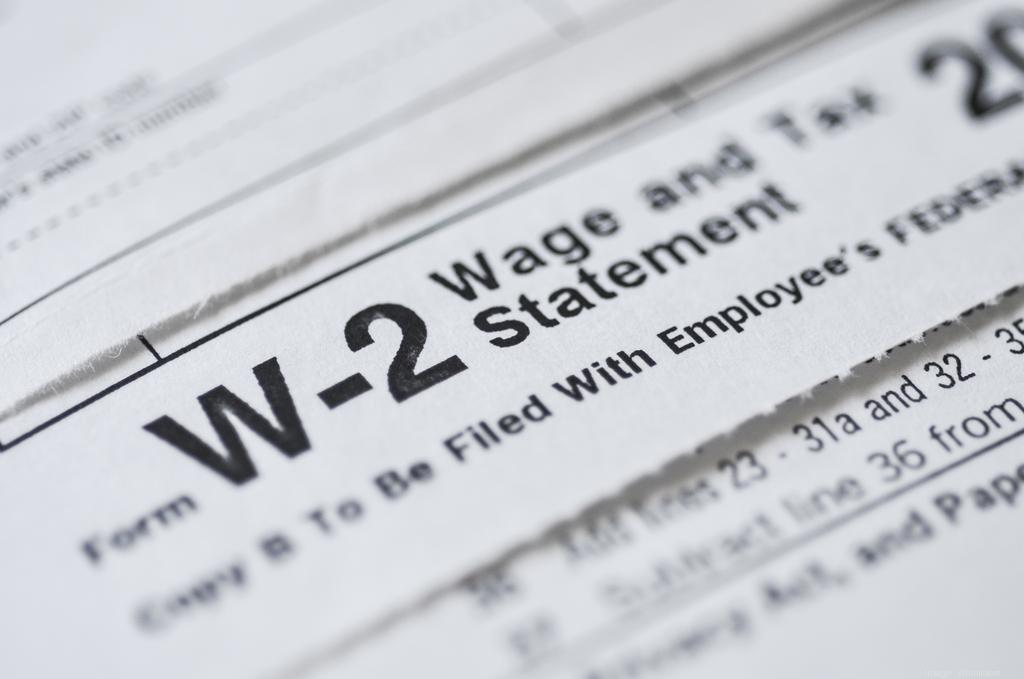From: Bizjournals.com
Employers should remind employees to review their form W-4 withholdings by the end of each year.
The Internal Revenue Service (IRS) suggests that employees submit any changes by December 1 to ensure that the revisions are effective for the new year, so employers should send employees a reminder sometime in November.
If not changed, a W-4 may remain in effect for years, since employees need not submit a new form every year — unless an employee claims a complete exemption from income tax. Employees may claim this status if they did not owe income tax in the prior year and do not expect to owe taxes in the coming year. Forms W-4 that claim such status expire on February 15 each year, so the employee must submit a new W-4 by that date.
Changing again?
Reminding employees to review their W-4s every year is a best practice, but employees may change withholding at any time, and may want to do so following a birth, marriage, or divorce. In theory, an employee could submit a new W-4 every week. However, this doesn’t mean that the employer must process every change.
The IRS indicates that a requested change must be processed “no later than the start of the first payroll period ending on or after the 30th day from the date you received the revised Form W-4.” For example, the employer could process revised W-4s on the first business day of each month. If an employee submits more than one change during the month, the employer may process only the most recent submission.
99 exemptions
Some employees claim 99 exemptions to receive more take-home pay (although they’ll owe more taxes when they file). If an employee claims excessive exemptions, the employer must process the request, but may inform the employee that the IRS could send a lock-in letter. Such letters require the employer to withhold at a specified rate and ignore any changes requested by the employee.
New W-2 filing deadline
The IRS announced several changes affecting the filing of form W-2 (wage statements) and form W-3 (transmittal of wage statements to the Social Security Administration) for the 2016 tax year.
For the 2015 tax year, employers had until February 29, 2016, to file paper copies of W-2s, and had until March 31, 2016 to file electronically.
For the 2016 tax year, the due date for filing the forms W-2 and W-3 series with the Social Security Administration is January 31, 2017, whether the employer files paper or electronic forms.
In addition, higher penalties now apply for failing to file accurate W-2s by the due date, or for failing to give W-2s to employees. The penalties are $50 for each W-2 filed less than 30 days late, or $100 for each form that is more than 30 days late.
The IRS does offer a safe harbor for minor errors. If a W-2 has incorrect dollar amounts, but no single amount is off by more than $100, and no single amount reported for tax withheld is off by more than $25, the employer will be treated as having filed correctly. This safe harbor does not apply, however, if an employee requests a corrected return.
Extensions limited
Extensions to file form W-2 with the Social Security Administration are no longer automatically granted. An employer may request one 30-day extension by submitting Form 8809 and providing a detailed explanation of why additional time is needed.
The IRS will grant extensions only in extraordinary circumstances such as a natural disaster or fire destroying the records needed to file. Only one extension will be allowed. Even if the IRS grants an extension, the employer still must give employees copies of W-2s by January 31, 2017.








Leave a Reply
You must be logged in to post a comment.